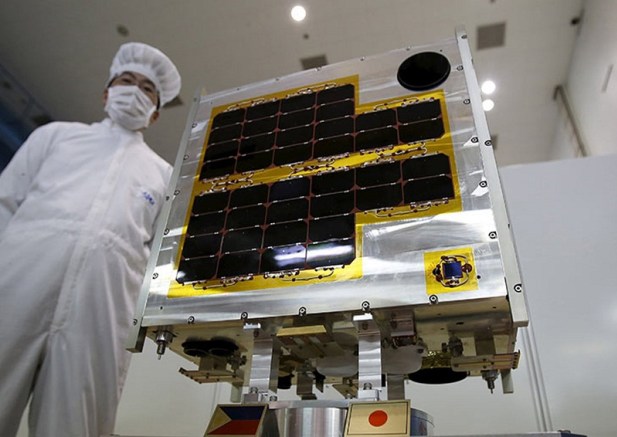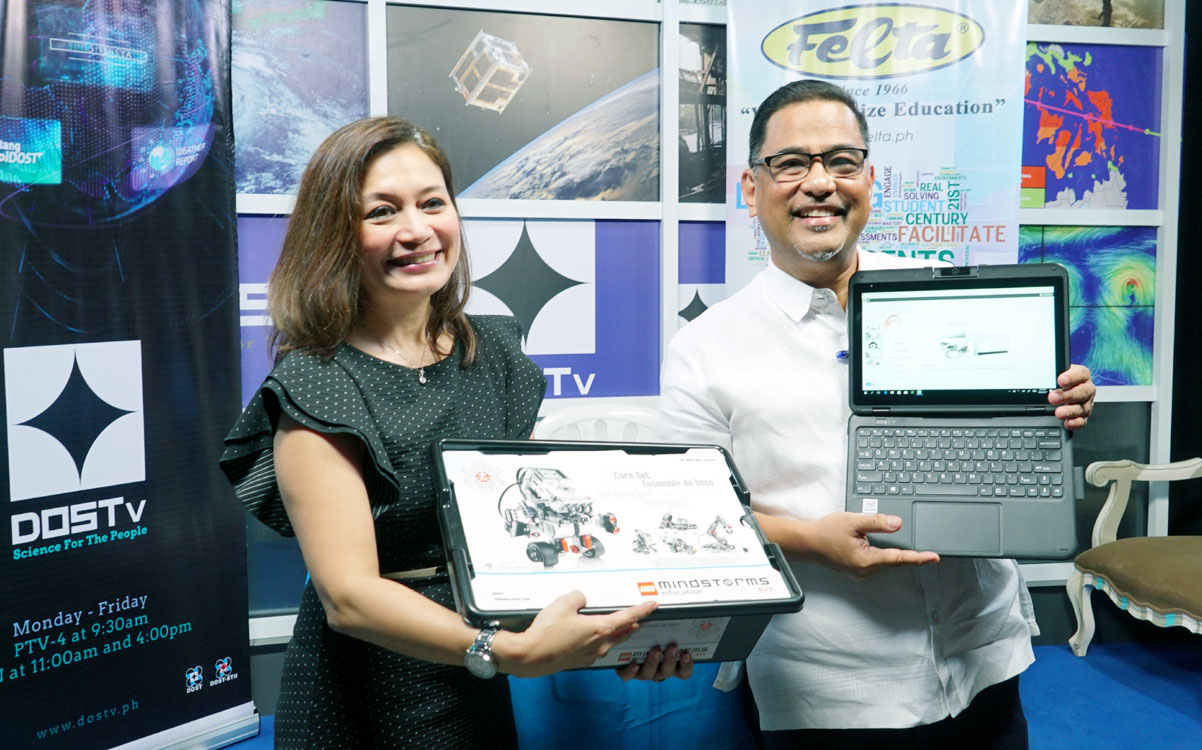By MJ Olvina-Balaguer
This February as we celebrate Philippine Heart Health Month 2018, we emphasize the need to protect our heart. A study from Harvard Medical School suggested to start with ten small steps which people of all ages can easily follow:
1. Take a 10-minute walk. A simple walking is a great way to start the day even if you don’t exercise.
2. Lift yourself up, and some weights too. Lifting a two-pound weight a few times a day can help tone your arm muscles. When you start to become used to it, you can move on to heavier items by joining a gym as strength training helps condition your heart to be more efficient and better able to pump blood throughout the body.
3. Eat more fruits or vegetables a day. Love fruits and veggie, easily accessible but nutritious, and good for both your brain and body. By eating more fruits, you avoid consuming more calories, more sugar, more unhealthy fats.
4. Start your day with breakfast. Start the day with raw foods fruit and whole grains such as oatmeal, cereal, or whole-wheat bread. Whole grains help lower blood cholesterol levels and lessens heart disease risk.
5. Hold the caloric drinks. Cutting out one glass of sugar-sweetened beverage or calorie-filled coffee can easily save you 100 or more calories a day. Drinkd pkrnty of water.
6. Have a handful of nuts. Having a craving for chips and cookies? Try to grab a handful of nuts instead.locals nuts like cashew nuts, pili nuts, peanuts, and other mixed nuts contain unsaturated fats, which are the good guys You can also add them to salads for a healthful and tasty crunch.
7. Check what’s under the sea. Go seafoods diet. Eat fish and other types of seafood instead of red meat once a week. It’s good for the heart, the brain, and the waistline.
8. Breathe calmly and deeply. Inhale, Exhale take time gather your thoughts and breathe. Slow and deep breathing may also help lower blood pressure and calm your mind.
9. Wash your hands. Washing your hands with soap and water regularly is a great way to protect your heart and health. Flu, pneumonia, colds, and other infections can have an impact on your heart.
10.Take it easy. When life gives you calamansi, try tapping into other positive emotions. Positivity has been linked with better health, longer life, and greater well-being, the same way anger, worry, hostility, and negative emotions could trigger high blood pressure and heart disease.
Take note, Cardiovascular diseases (CVDs) are the number 1 cause of deaths in the world accounting to 17.7 million people dying of the disorder of the heart and blood vessels every year. Though a leading global killer, most CVDs can be prevented by addressing risk factors such as smoking, unhealthy diet and obesity, physical inactivity, and harmful consumption of alcohol.
Attaining a healthier heart and a healthier life doesn’t need to be costly. By starting small and willingness to do it every day, it gets easier and you get to go for larger goals. A friendly reminder of 10 Happy Healthier Heart Tips from Department of Science and Technology – Philippine Council of Health Research and Development (DOST-PCHRD) (MJ Olvina- Balaguer, 09053611058, This email address is being protected from spambots. You need JavaScript enabled to view it." target="_blank" rel="noopener noreferrer">This email address is being protected from spambots. You need JavaScript enabled to view it.)






